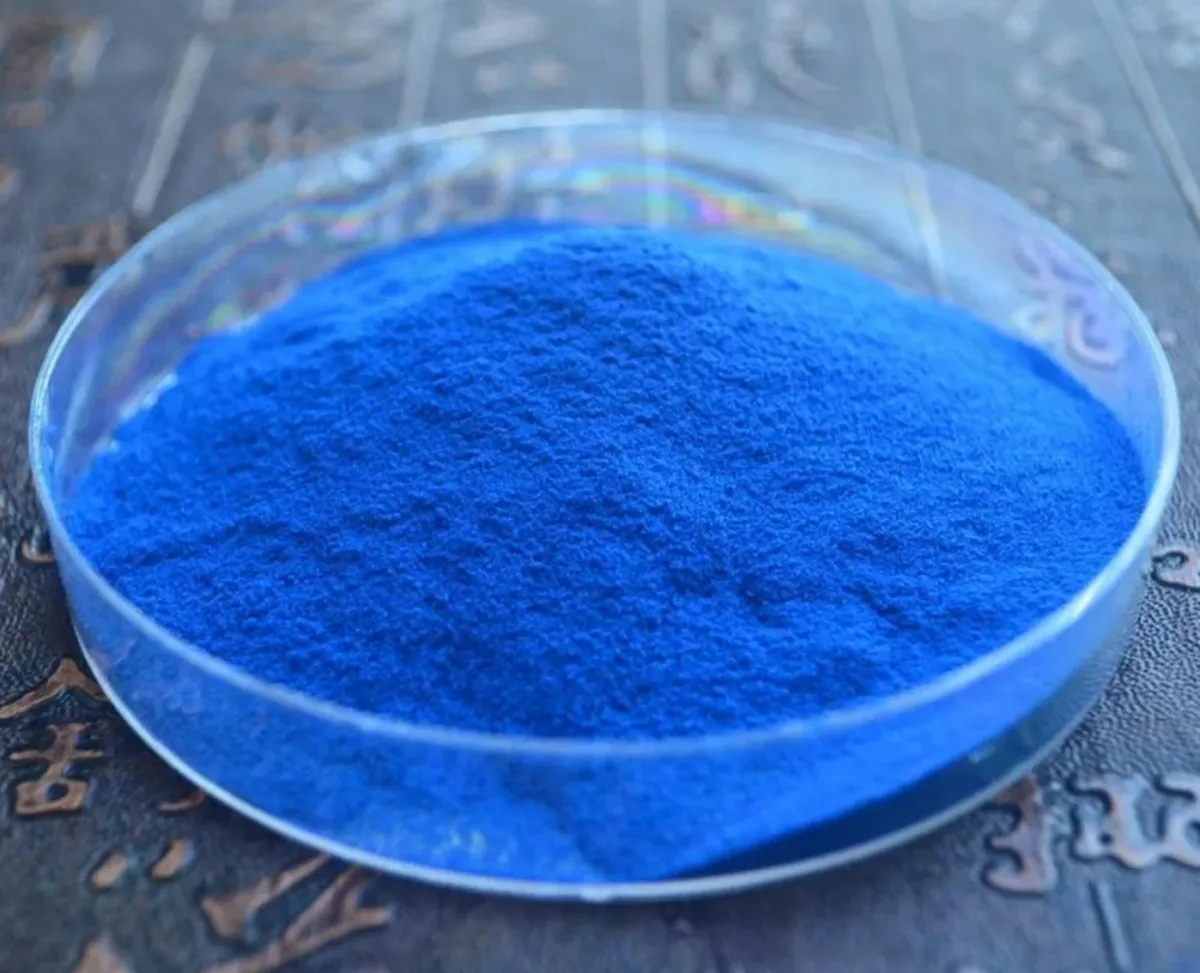Industrial Blue, Green Phthalocyanine Pigments Produced in Iran

“Phthalocyanine pigments are not produced in the country; but due to high consumption in paint, ink and plastic industries, most consumers use foreign samples and are forced to import it; therefore, we decided to produce high-quality phthalocyanine pigments at a reasonable price for application in plastic, coating and ink industries,” Massoud Kazzemi Tabayee Zavareh told ANA.
Noting that the produced pigments for the use of masterbatch paint and ink have no domestic competitors, and only foreign samples can compete with the company’s products, he said, “Our technology to produce the pigments is equal to European samples and has better performance than the Chinese and Indian ones.”
“Our product is also 60% of the price of foreign samples,” Kazzemi Tabayee Zavareh stated.
In a relevant development in January, Iranian scientists at a knowledge-based company stationed at Gilan province’s Science and Technology Park succeeded in indigenizing and producing phycocyanin pigment without chemical additives.
“Phycocyanin pigments are produced in the powdered form in most countries of the world and have not been produced in Iran so far. But now, all the technology and materials needed for its production have been achieved from A to Z by the specialists of our company,” Hassan Qazanfari, the managing director of the knowledge-based company, told ANA.
“The most important advantage of these pigments is their protein and naturalness. No chemicals are used in making these pigments and they are completely physically concentrated,” he added.
Noting that the pigments are used in food and cosmetic-health industries, Qazanfari said, “These pigments are edible and can be used for all dairy products, all types of drinks, and cosmetic products.”
Phycocyanin is a pigment-protein complex from the light-harvesting phycobiliprotein family, along with allophycocyanin and phycoerythrin. It is an accessory pigment to chlorophyll. All phycobiliproteins are water-soluble, so they cannot exist within the membrane like carotenoids can.
4155/v





















